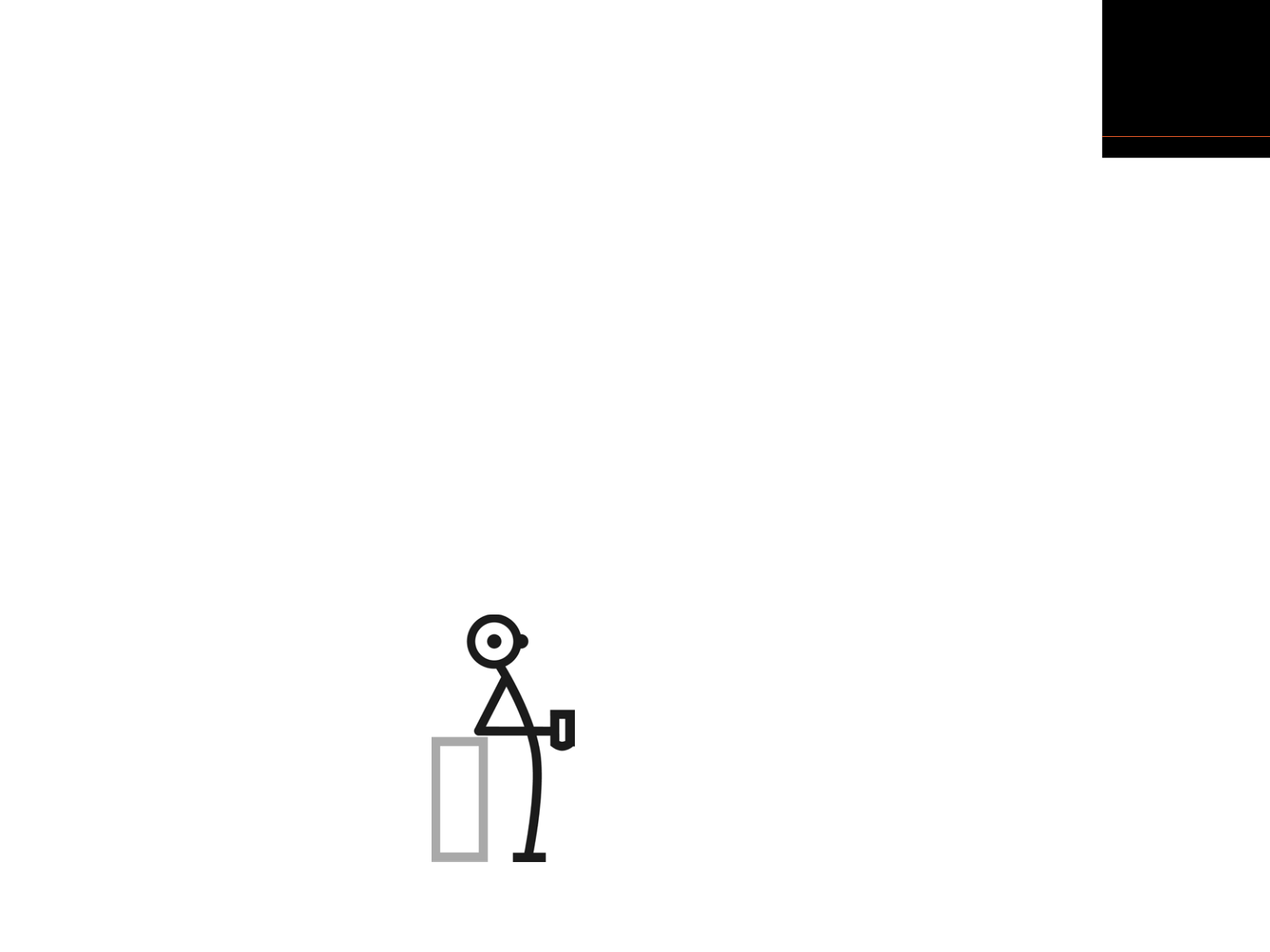
explain
pain
6
section
125
page
12. Playing with your ‘glitches’
Glitches are the ways we have all learned towriggle and
adjust whenwe perform amovement. They are often
caused bymemories of painful movement. For example,
youmay know that the best way to bend forwards is to
hold your back in a certain position, lean on your knee
etc. Methods that you use as a helper tomake the
movement easier for you. These glitchesmay be little
memory boosters to the pain neurotag. See if you can
work out ways of performing amovement without the
glitch. Sometimes sliders (moving another part of the
body when the glitch occurs) can remove them. Maybe
you can take a thoughtful approach to it and ask
yourself – ‘do I really need to have that glitch’ and try to
move without it.
13. Let yourmind go
You could bend on the pew or
on a bar stool, bendwhen there
are different smells or playing
the fool, bendwith the arms up
or by your side, bendwhen it’s
noisy or while holding your
breath, or do it in the nude or
in your Sunday best.
Turning your head
If youuse the categories above, you should be able to
construct virtual exercises for any part of the body.
Simply: work out ways tomove and use the painful part
of your bodywithout activating the painneurotag.
Turning your head oftenhurts if youhave a painful neck.
Here are a few specific head turning examples:
•
If you sit on a swivel chair, look at a fixed object and
rotate your chair while looking at the fixed object, you
are performing a neck rotation but in a different
context.
•
If you fold your arms and shrug your shoulders a
little you are slackening nerves whichmay enable a
better head rotation.
•
Stand close to a wall andwrite your name or play an
imaginary game of noughts and crosses on the wall
with your nose. Try it standing on one leg, or with
your eyes closed.
•
You could rotate your headwith your tongue, jaw and
mouth in different positions.
•
It is usuallymuch easier to turn your headwhen you
are lying down.
•
You could turn your eyes to a point on a wall and
then follow themwith your head.
•
Make noises while you performmovements.
•
Learning to jugglemay help your neck as well.
Make the neurotag curious, make it wonder ‘what’s
next’. You be themaster.


